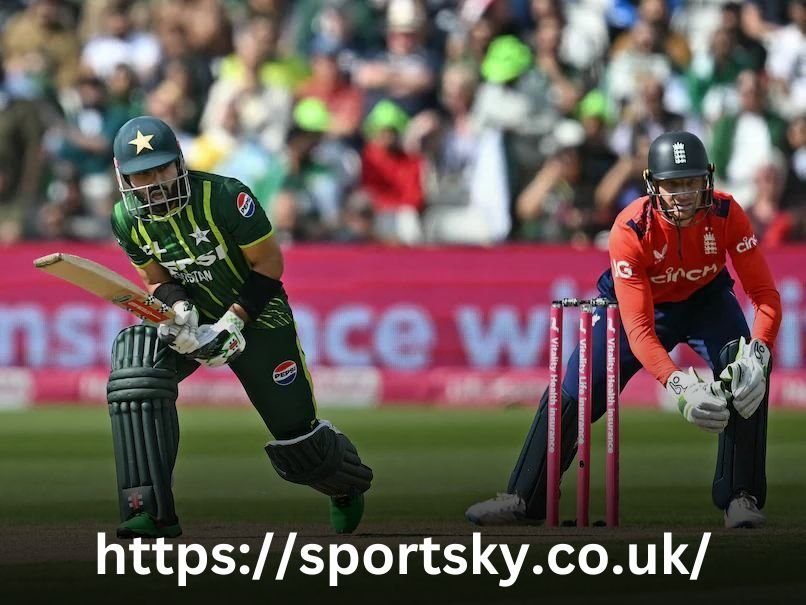
In the current digital era, technology is present in almost every part of our life, from gaming to leisure pursuits like playing at an online casino. In a similar vein, technical developments have significantly changed the game of cricket. Innovations like the DRS, Hawk-Eye, and wearables have improved cricket. They have transformed games, umpiring, and player performance for players and fans.
Enhancing Umpiring with Technology
The Decision Review System is one of cricket’s most prominent technological innovations (DRS). DRS aims to reduce human error. It lets teams use tech tools to contest umpire decisions. This method uses thermal imaging to check if the ball touched the bat. It uses audio detection for edge alarms (UltraEdge) and ball-tracking equipment like Hawk-Eye. DRS has improved accuracy and fair play by giving umpires accurate data. It has also reduced disputes. Fans can watch the decision-making process live through broadcasts. So, this tech interference has made the game more transparent.
Revolutionizing Gameplay with Hawk-Eye
Originally created for the entertainment sector, Hawk-Eye is now essential in contemporary cricket. This ball-tracking tech helps with umpiring calls. It’s also key for improving the game’s strategy. Bowlers and captains use Hawk-Eye data to predict ball paths. They use it to assess pitch conditions and create bowling strategies. Batters use this tech to study bowlers’ patterns and improve their batting. Hawk-Eye is vital to broadcasting. It gives viewers sharp images. This enhances their understanding and enjoyment of the game.
Wearable Technology and Player Performance
In cricket, wearable tech has advanced greatly. It provides players and coaches with new data on performance and health. Gadgets like motion sensors, heart rate monitors, and GPS trackers collect real-time data on players’ movements and fitness. This info is vital for making training plans, preventing accidents, and boosting performance. For instance, coaches might improve a bowler’s performance by modifying training plans. They would do this by examining the bowler’s workload and stress levels. Also, wearable tech helps athletes recover. It tracks stress and sleep. This ensures they stay in peak condition all season.
Transforming Fan Engagement and Broadcasting
The way cricket fans interact with the game has also changed due to technology. High-def cameras, VR, and AR now let fans watch the action like never before. Interactive apps improve the spectator experience. They provide player insights, real-time data, and customized content. Also, social media and streaming have increased cricket’s global reach. They let fans easily follow their favorite teams and players. This tech boost has increased fan involvement. It has also created new revenue for cricket boards. This is due to partnerships and digital ads.
Improving Training and Talent Identification
Cricket training methods and talent assessment have been completely transformed by advanced technologies. Coaches can use video analysis to pinpoint areas for improvement. It lets them dissect players’ techniques frame by frame. Virtual simulations and VR training let players practice in many situations without effort. This improves their flexibility and decision-making. Also, organizations can use data analytics to find people. It can help them scout talent by looking at performance and potential. This data-driven method lets teams create powerful, balanced squads. They will suit their strategic needs.
Challenges and Future Prospects
Modern cricket has undoubtedly benefited from technology, but there are drawbacks as well. The game’s natural flow may occasionally be disrupted by the dependence on technology. Also, smaller cricketing nations may find DRS and Hawk-Eye too costly. We must balance using tech to enhance, not overpower, the game’s human elements.
In the future, cricket is expected to adopt even more technology advancements. Machine learning and AI will likely be used more in strategy, analytics, and training. Improved VR and AR tech may let fans and athletes enjoy more immersive experiences. It would better connect the virtual and real worlds of sports.
In summary, technology greatly impacts modern cricket. It has changed player performance, fan interaction, umpiring, and gameplay. Innovations like DRS, Hawk-Eye, and wearables have improved cricket. They made the sport more precise and fair. As technology advances, cricket will change even more. It will remain an exciting, dynamic sport for years to come. In the digital age, we must preserve cricket’s essence and integrity. This requires embracing new tech while fixing its flaws.
READ ALSO: Mumbai Indians Vs Punjab Kings Timeline







